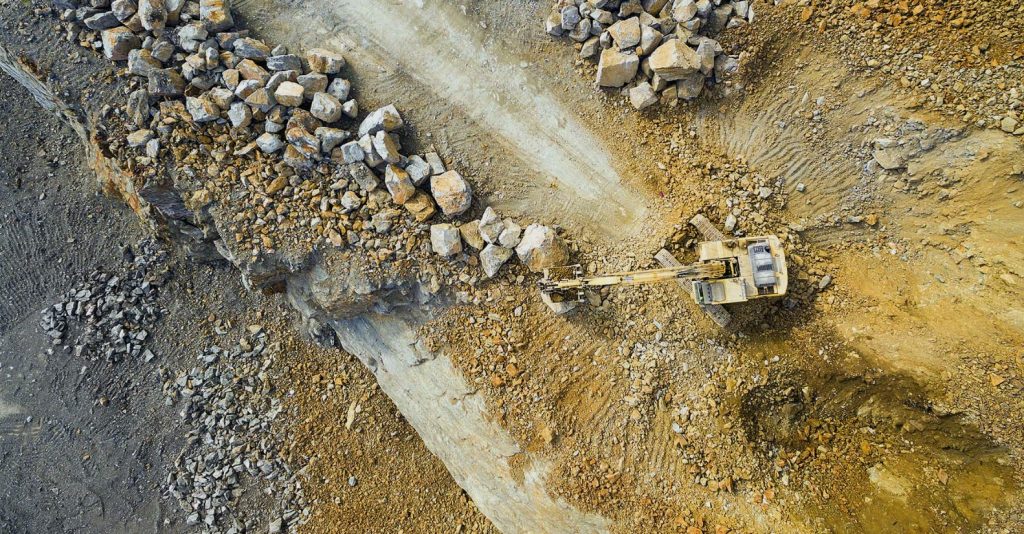Bayridge Resources drilling Waterbury East uranium project, Saskatchewan

Bayridge Resources Corp. [CSE: BYRG] has begun its fall 2024 drilling program at the 1,337-hectare Waterbury East uranium project in Canada’s Athabasca basin, Saskatchewan. This phase of drilling will total 2,100 metres and consist of four to six holes, testing multiple targets.
Bayridge holds a staged option to earn up to an 80% interest in Waterbury East from CanAlaska Uranium Ltd. [TSXV: CVV; OTCQX: CVVUF; FSE: DH7] through a series of cash payments, share issuances and exploration expenditures over the next four years. Waterbury East is located 25 km northeast of the Cigar Lake mine, 15 km south of Points North and is accessible from the Cigar Lake winter road.
“Our fully funded fall 2024 program is the first drilling at Waterbury East since 2007,” commented president and CEO Saf Dhillon. “We will be following up on the best intersection from 2006/2007, guided by the spring 2024 VTEM [versatile time-domain electromagnetic] survey, as well as testing target areas along the VTEM conductor. We anticipate a 30-to-45-day program, with results expected later in Q4.”
VTEM interpretation by in3D Geoscience suggests 2006/2007 drilling of the VTEM conductor was actually short of the conductor and also the strength of the conductor may be stronger than previously thought.
CanAlaska Uranium Ltd. reported encouraging results from the 2006/2007 drill program, with an intersection of 17 metres of anomalous, basement-hosted uranium enrichment, containing a highlight value of 324 parts per million uranium over 0.6 metres in a structurally controlled zone in DDH-WAT005.
The Waterbury East project is underlain by geology favourable to hosting both unconformity-hosted and basement-hosted uranium deposits. These deposits are typically associated with graphitic metasediments and structural zones that exhibit strong EM conductor responses. Historical airborne EM surveys have defined an east-northeast-striking conductor across the property, with a depth to unconformity of approximately 200 metres. Most of the uranium discoveries in the Athabasca basin are concentrated along the unconformity edge, where the sedimentary cover is the thinnest (fewer than 300 metres).
Bayridge Resources is advancing its portfolio of Canadian uranium and lithium projects. The 1,337-hectare Waterbury East project is located 25 km northeast of the Cigar Lake mine in the northeastern Athabasca basin region.
Geophysical surveys have identified a seven km long conductivity corridor where mid-2000s drilling highlighted faulted and altered basement rock with local uranium enrichment. Large sections of this corridor remain untested. The 11,142-hectare Constellation project is located 60 km south of the present-day Athabasca basin edge in an area of significant exploration activity for basement-hosted uranium.
Historical airborne radiometric, electromagnetic and magnetic surveys identified electromagnetic conductors associated with magnetic lows. The 4,413-hectare Sharp Lake project, located in the Red Lake mining district of Northern Ontario, hosts peraluminous, S-type, muscovite-bearing, pegmatite-bearing granites in contact with metasediments. Preliminary sampling has highlighted anomalous rare element values, potentially indicative of lithium mineralization.
